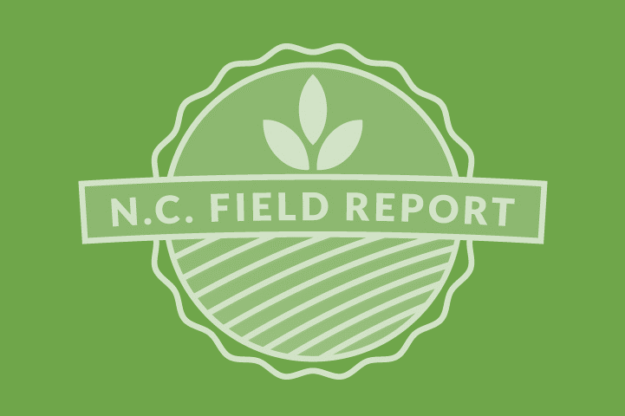Soybean Stands in Wet Weather
Certain parts of the state have seen 10+ inches of rain in the last 30 days (compared to our normal 3-4”). With the rain certain parts have seen in the last few weeks, it might have been tough to get in the field. But if you did get beans in the ground in between…
Details





